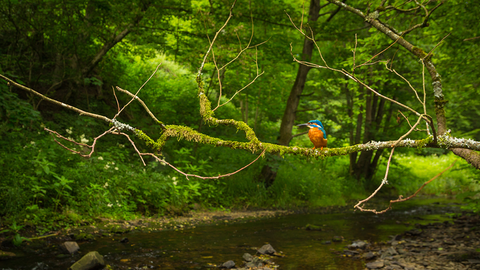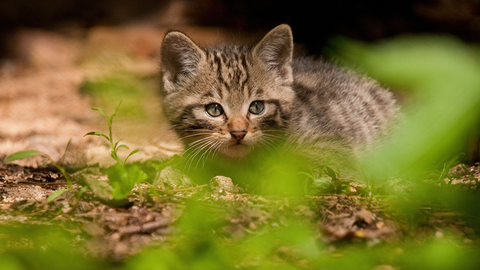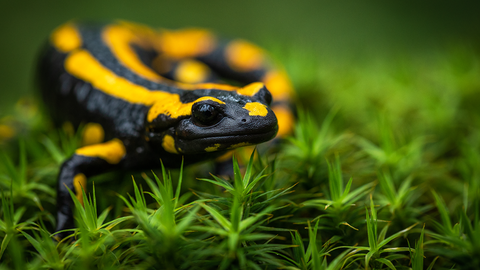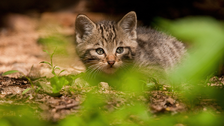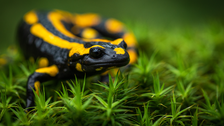What is a forest?
The forest is a community of life and purpose. It is made up of a variety of animals, plants and fungi of different ages, as well as bacteria and viruses. The whole is spread over several forest levels, while trees are scattered over the area. People are also part of this community. They all interact with each other, exchange services and are more or less dependent on each other.
The interrelationships of a forest extend far into the surrounding area and from the depths of the soil to far beyond the treetops. A forest community is therefore never static. Its material and energy cycles are adaptable and changeable and have an impact on the quality of the air, soil and water, on the landscape, climate, food and raw materials such as wood. The same applies in reverse: changes in the surrounding area, such as air and water pollution, have an impact on the forest community. Each section of forest has a unique development due to its interaction with the surrounding area and the forms of human use and management of the forest.
It is not only the diversity in the forests, but also the diversity of forests that guarantees people far more than the basis of their livelihoods. Forests are also an economic factor. The sustainable use of forest services requires people to have foresight and an understanding of the global biological, physical, chemical and social interactions. Among other things, laws define what is to be understood as a forest and how to deal with it.
Next question: "How is the forest doing?"
Back to the overview of "At home in the forest"

